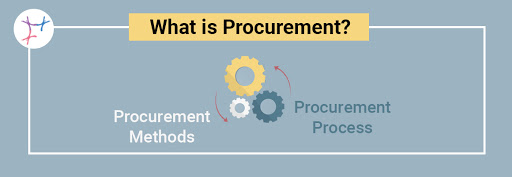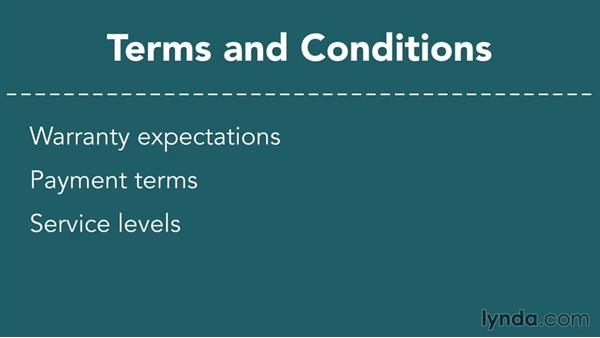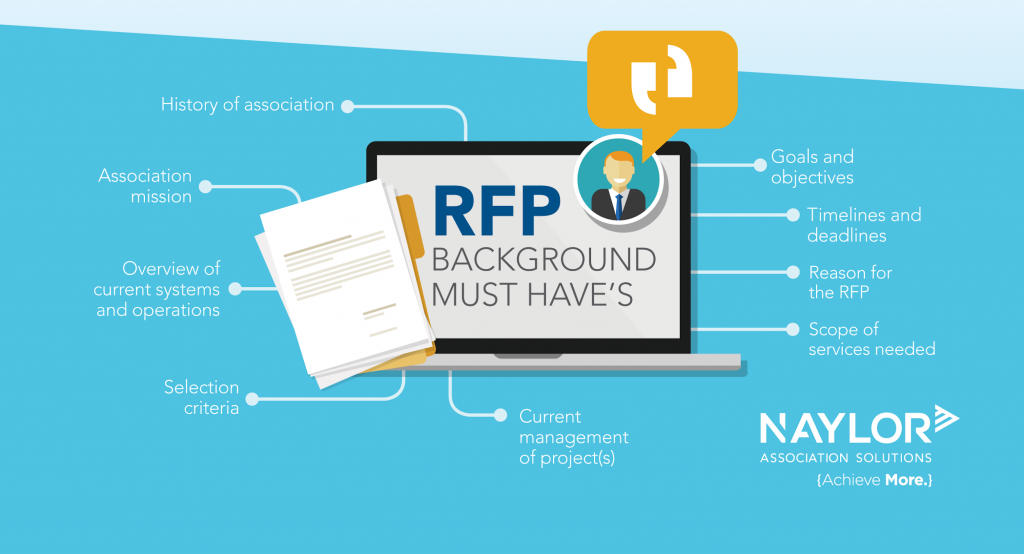
The procurement timeline is linear as it starts from a buyer need then goes onto various seller proposals during the negotiating phase, and finally a contract agreement is made with legal implications attached to it. This is to clarify the deal in a formal documentation.
While the course of Procuring goods for an organization remains the same, there are different types of methods which are commonly used. The aim remains constant with the goal of procurement of goods and services by efficient means; however, the methodology of this process varies as organizations use the method best suited for their business.
There are roughly around 8 procurement types in a company. Their nomenclature might be different for certain organizations but their functions are similar.
Here are 8 types of procurement methods used in organisations
1. Competitive Bidding
This method is generally used for all material procurement, equipment and supplies. Competitive bidding is open to all bidders to pitch in the bidding process for tender acquisitions. As it is competitive in nature, it is more likely to gauge through better prices and value for work from suppliers
There are several legal documentations passed in each stage of the procurement process, in this blog learn what they stand for and understand their meaning.
In a solicited manner the steps to Open Competitive Bidding are:
(i) Buyer issues Notice Invitation For bids (IFB) – This means that an entity is looking out for potential bidders for its needs and inviting them to participate for the same.
(ii) Seller Proposals – will be given as a formal response to the invitation. The seller proposal is a detailed offer including the seller’s quotation, deliverance promise, warranty, solutions, plans etc.
(iii) Contract – Based on further negotiations, the eventual bidder selected for the role will be bound by a contract. This is a legal agreement mutually signed by the buyer and seller which includes Statement of Work (SOW) terms and conditions. Essentially, an acceptance letter to initiate work.

2. Restricted Tendering
Like the name suggests, this method is selective in nature, it herds of random sampling and focuses on only those proposals whose invitations are expected. This is helpful in huge capital tenders where there is more at stake and quality depends over quantity.
Restrictive tendering is a great way to save time and effort from reviewing a mass of proposals. By sticking to only invites this method generates greater stability for long term deals on work and supply requirements for an organization.
3. Request For Proposals (RFP)
In the midst of procurement acquisition, the RFP document is clearly used to mention the buyers needs in depth. After the supplier chains are notified about a tender, the request for proposals makes sure to address all buyer needs from end-to-end implementation.

For example: The enterprise needs a fully refurbished CRM system. So, in the RFP document there will be requirements, background, objectives and guidelines for all the needs mentioned.
The bidding process through the RFP method helps the buyer in getting clarity by selecting only the most competent and fit seller proposal for the successful implementation of tender.
4. Single Source Procurement (RFP)
Single source procurement is different from sole source procurement with the differentiating factor being that in Single Source the buyer purposefully chooses to acquire one supplier over the rest.
This type of non-competitive method can be used for various reasons:
- The advantages of procuring from a particular vendor is greatly evident
- The vendor is the best at the deliverance end as compared to competition
- No cost in selection process due to cancellation of multiple bidders to single bidder only
- Better communication as you deal with just one vendor
- Overall performance easier to track
5. Two Stage Tendering
This is a lengthier procedure including two end stages before the final procurement. It can be noted that organizations with time constraints can avoid this method as it may cause more harm than good. However, to reiterate, this could also be a boon to organizations looking for discussions with suppliers to get to know each side better.
*There are two routes that organizations use in this method*
- The advantages of procuring from a particular vendor is greatly evident
- The vendor is the best at the deliverance end as compared to competition
- No cost in selection process due to cancellation of multiple bidders to single bidder only
- Better communication as you deal with just one vendor
- Overall performance easier to track
- The initial stage
of this method is two letters:
- – A technical proposal
- – And a financial proposal
- After the highest bidder selection is completed, the next round calls for the bidder to express a detailed technical follow up of the initial proposal providing more room for dialogue and talks.
- This helps manage risks and avert misguidance through negotiations, for example tenders in the construction industry.
- Then when the agreement is reached, there is a final round of talks for the financial proposal to seal the contract.
Route 2
- The second route is also similar to route 1 with the exception of the RFP reply being concise rather than detailed.
- If selected, there are talks for more customization and upgrades in the technical requirements.
- The contract will be finalized only after scrutinizing the technical proposal and financial proposal score.
6. Request For Quotations (RRQ)
Request for Quotations is the least complex of all methods in Procurement. RFQ is a relatively small document vis-à-vis an RFP method. This method is used when the scope of work is broadly defined with not many specifications involved.
RFQs are widely used as tenders in purchasing electronics like hardware, laptops and off the shelf software equipment.
7. Request For Qualifications
Requests for qualifications are used to either find procurement and award it to the most qualified supplier or to glance pre-qualifying potential vendors for the purpose of competitive solicitation.
8. Direct Procurement
There arise specific situations wherein the need for purchase is above the selection bidding process and the buyer decides to directly authorize purchase with the exemption of any method or competition. This is known as Direct Procurement.